

The term APM stands for Application Performance Management.
It is also referred to as 'Application Performance Management service,' but it is commonly known as APM service.
A
The 'A' in APM stands for Application, specifically referring to Web Applications. In other words, APM denotes services that manage the performance of a company's web services.
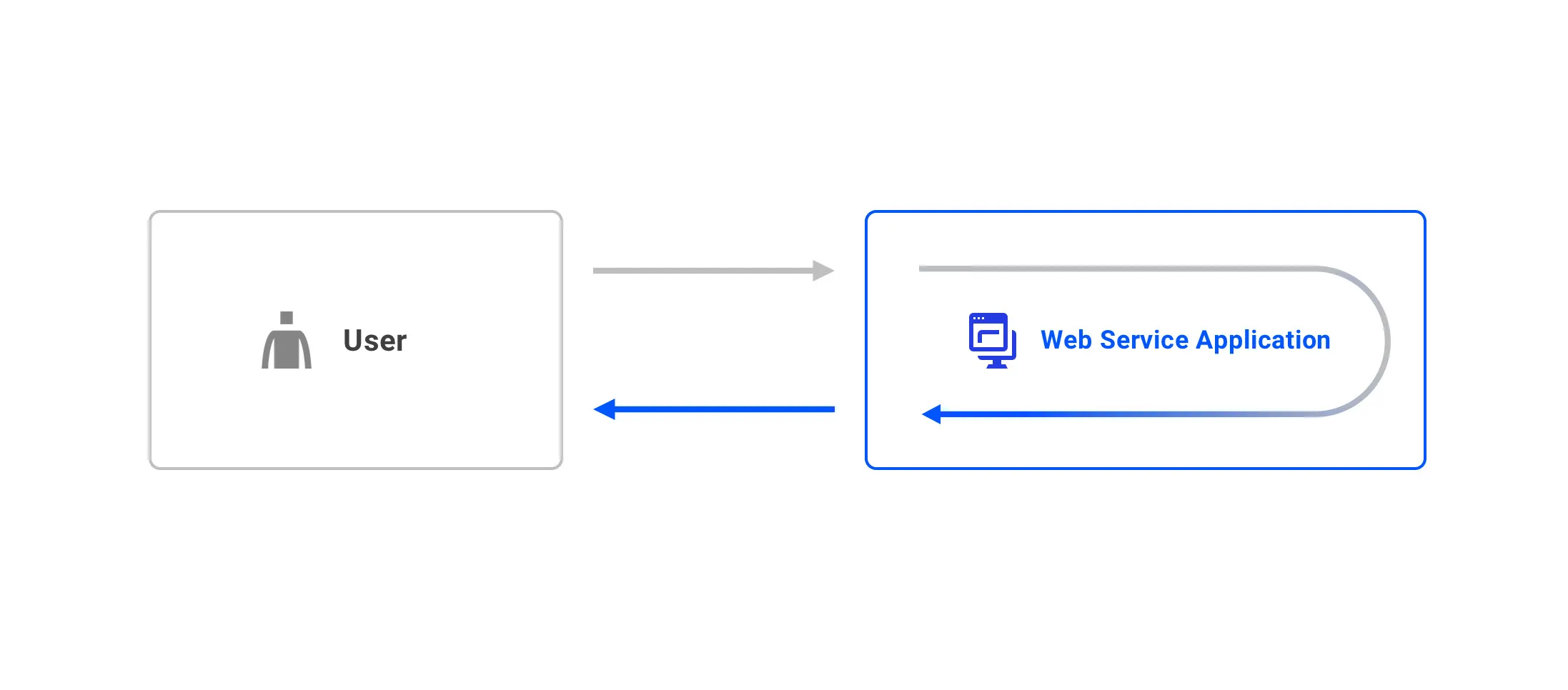
P
The 'P' in APM stands for Performance, referring to the performance of the application. The performance of an application is measured through the response time of web services. To obtain the response time of web services, APM services track and analyze transactions.
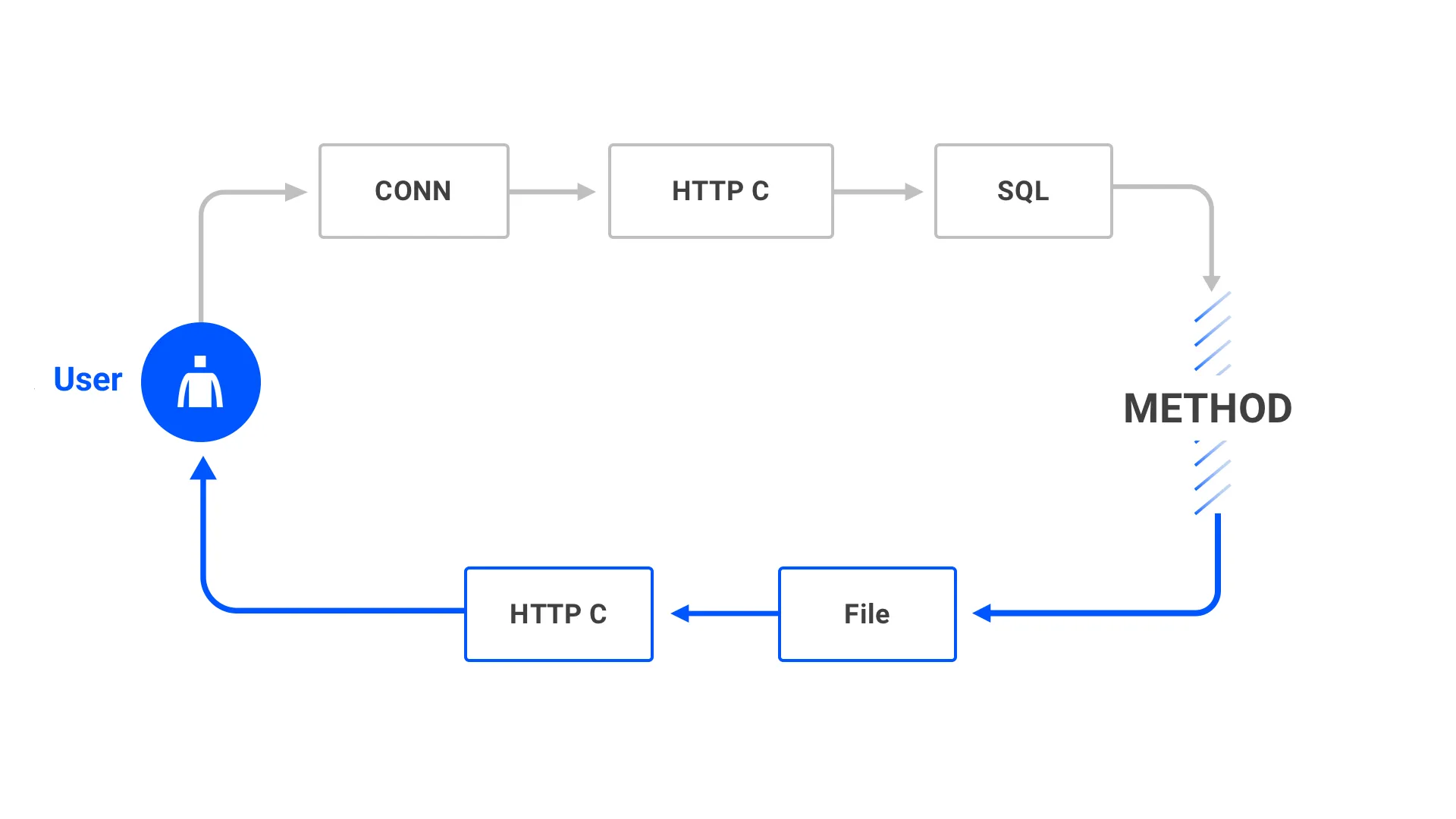
M
The M in APM stands for Management or Monitoring. In the domestic context, APM is also referred to as Application Performance Management or Application Performance Monitoring. The term "Management" is used to emphasize the meaning of improving performance, while "Monitoring" is used to highlight the simple meaning of monitoring.
APM
APM observes the operational status of web services, analyzes performance, and specifically analyzes the transaction execution time within middleware (WebLogic, Tomcat, JBOSS, etc.). This enables the identification of factors influencing performance at each stage by analyzing the usage time of transactions.
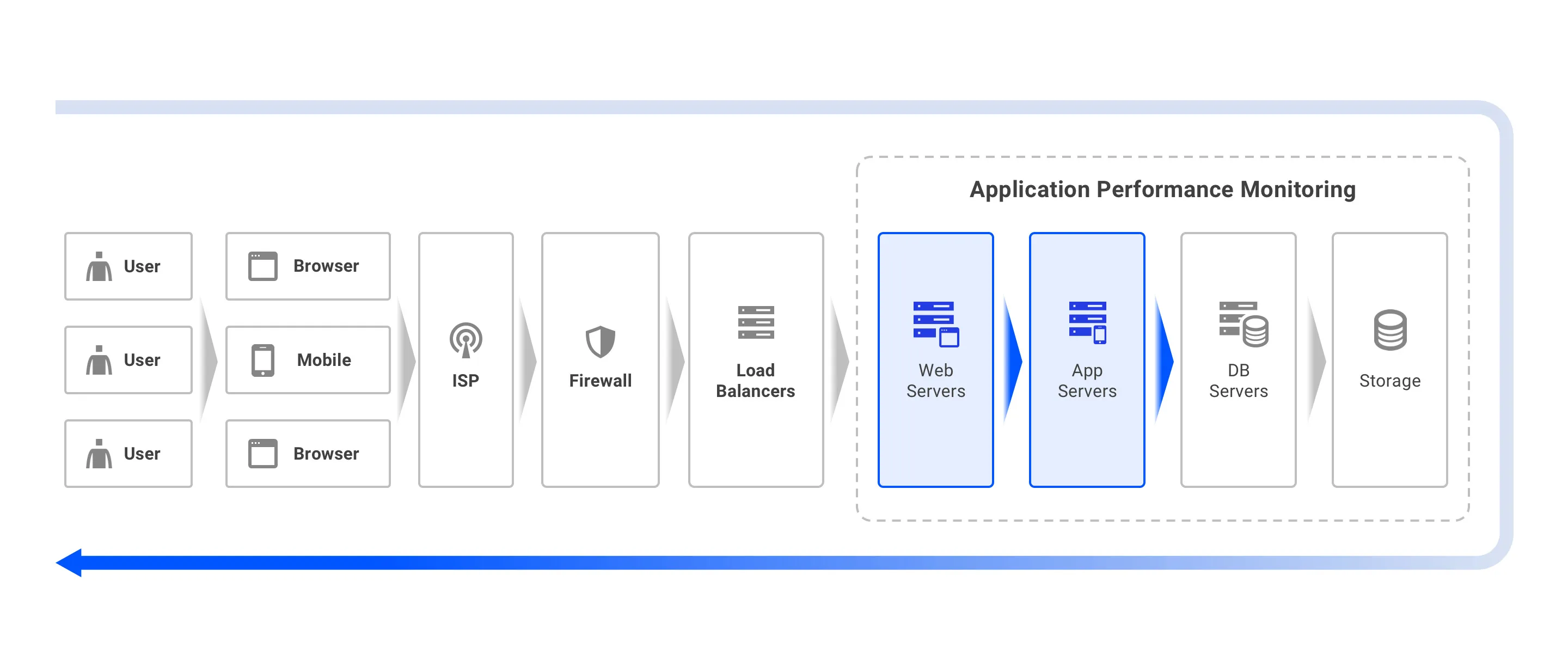
The history of APM
The APM solution emerged in the late 1990s, with Willy introducing APM services in North America in 1998. While Precise initially developed a database-based monitoring service, it is universally recognized within the APM domain. As the use of web services expanded, maintaining service performance became crucial, leading to the rapid growth of APM services. Since 2010, APM services supporting SaaS-based solutions and the cloud began to gain prominence. In Korea, until 2018, 'WhaTapLabs' was the sole provider of SaaS-based cloud monitoring services.
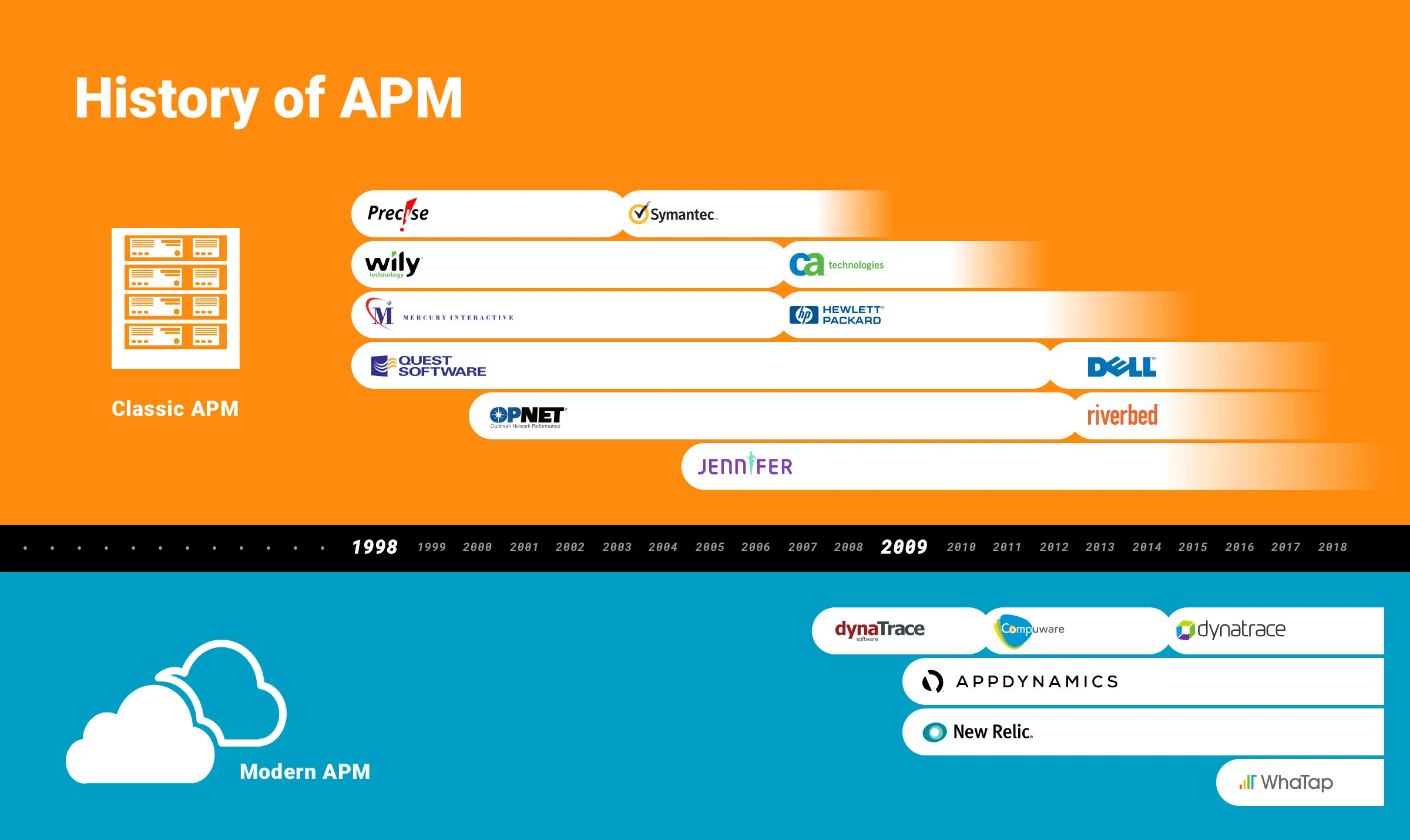
Components of APM Solution
APM services consist of an Agent, Repository Server, and Application Server. The Agent is developed for various programming languages, and the WhaTap service supports four languages: Java, PHP, Node.js, and Python. The Agent is installed on the webserver to collect data, which is then transmitted to the Repository Server. The Application Server retrieves data from the Repository Server and provides analyzed data to users when administrators aim to analyze application performance.
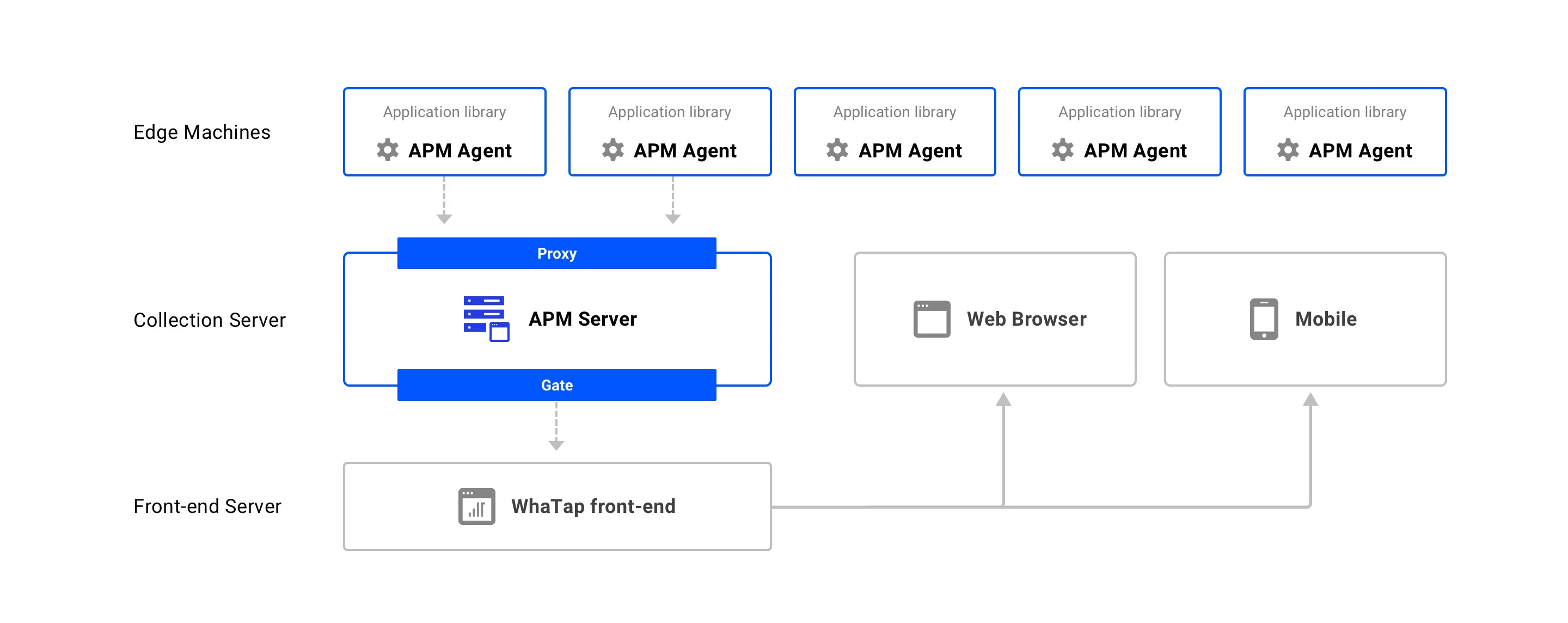
The Difference Between APM Services and Solutions
When using APM solutions, customers are required to configure Agent, Repository Server, and Application Server for their services. On the other hand, APM services allow customers to analyze the performance of their web services by installing the Agent on their web application servers, leveraging the Repository Server provided by the service vendor. While APM solutions are limited to internal monitoring, APM services inherently enable monitoring from anywhere.
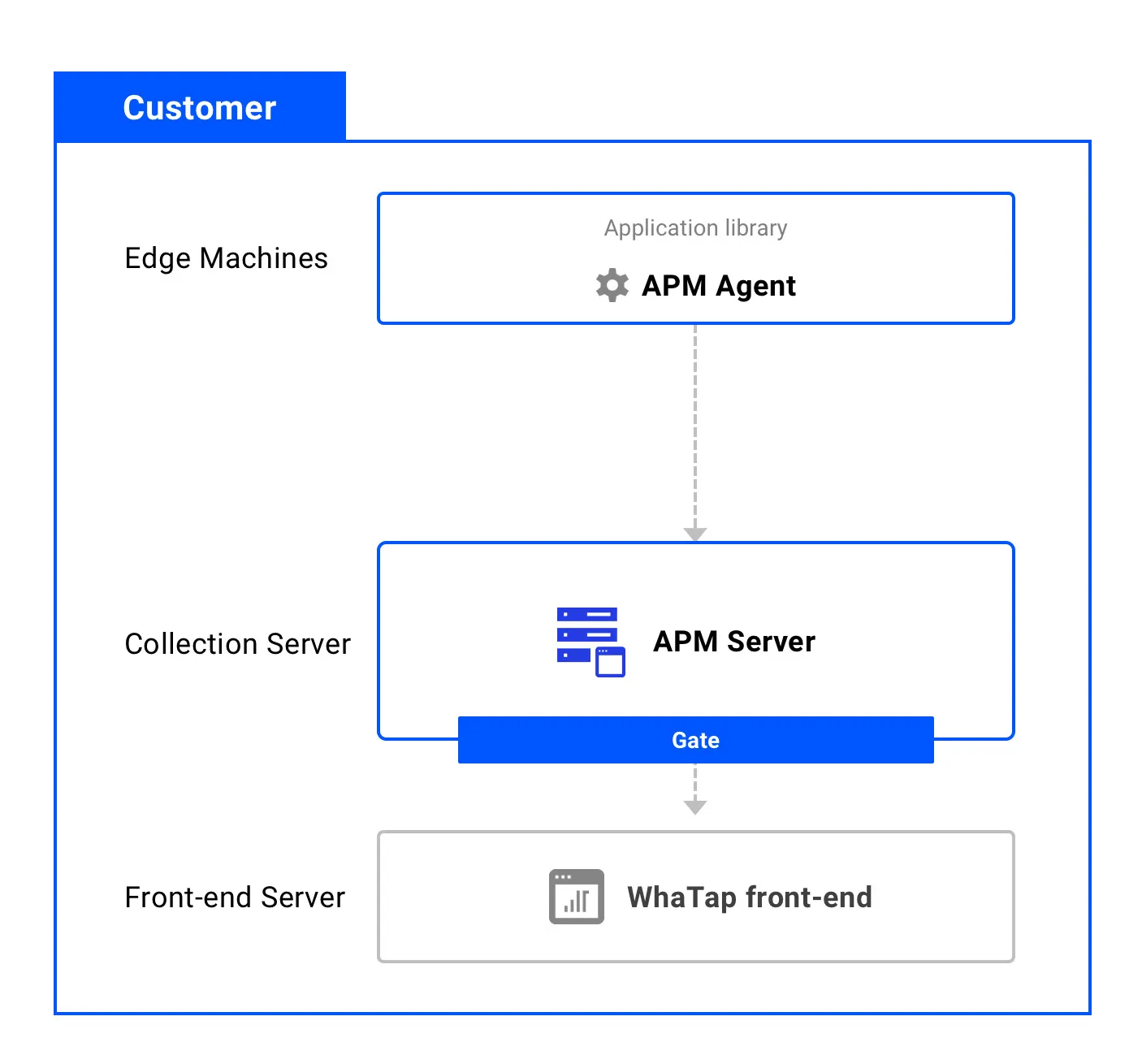
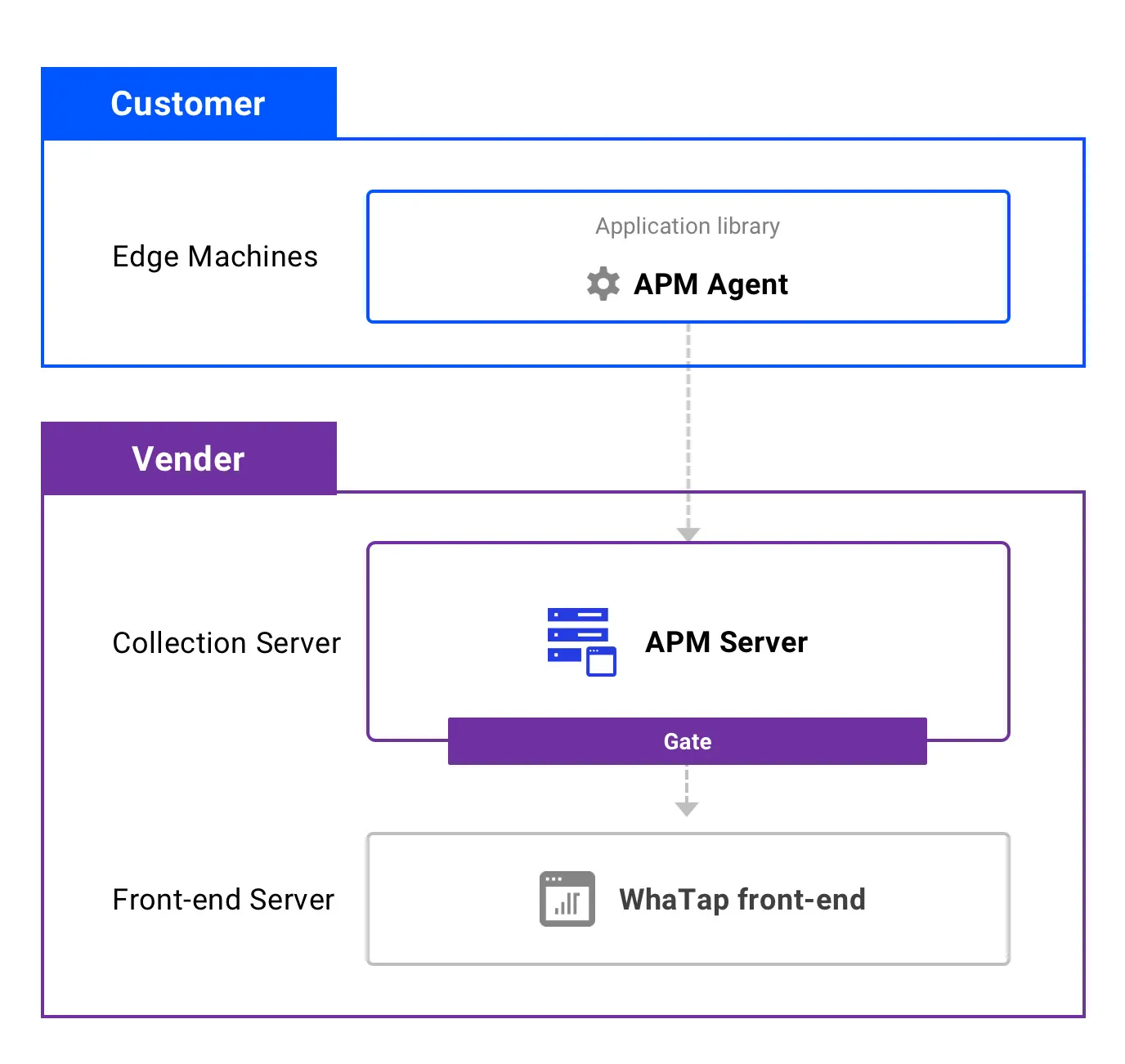
The Past APM Life Cycle
APM solutions are typically employed during the launch phase of a service. They are used in the post-development phase to analyze errors and performance across the entire service. However, once the service begins to operate stably, APM solutions have been intermittently utilized.
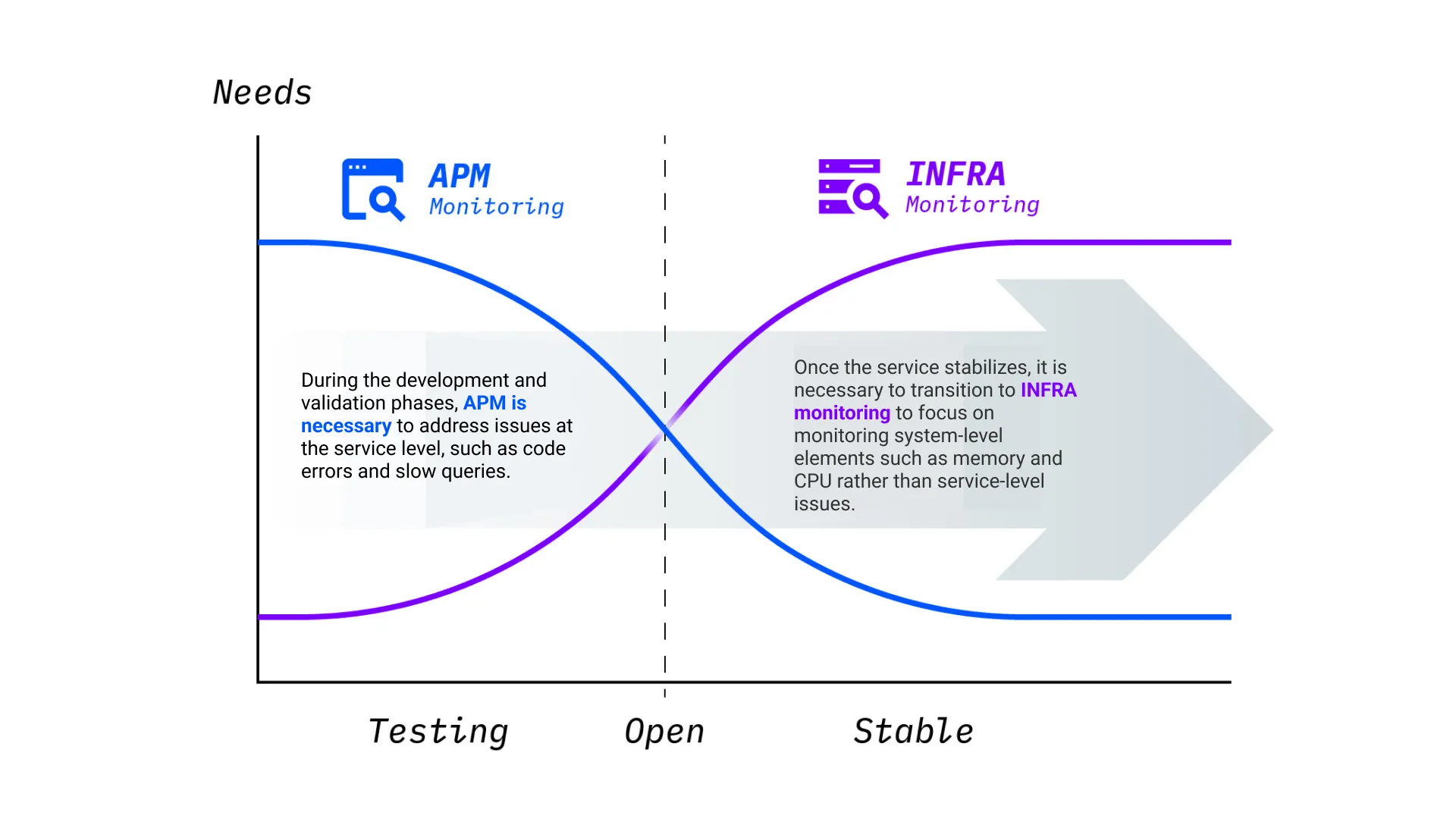
The Current APM Life Cycle
As business dynamics accelerate and web services evolve into the core of corporate operations, the speed of application updates is increasing. Cultural shifts like Agile development, Lean, and DevOps have further expedited this process. The introduction of cloud technology has overcome physical limitations, resulting in an even faster pace of development and updates in services. Consequently, the usage patterns of APM services have also evolved. What was traditionally employed mainly during the service launch phase has transformed into a service regularly utilized by developers and operators.
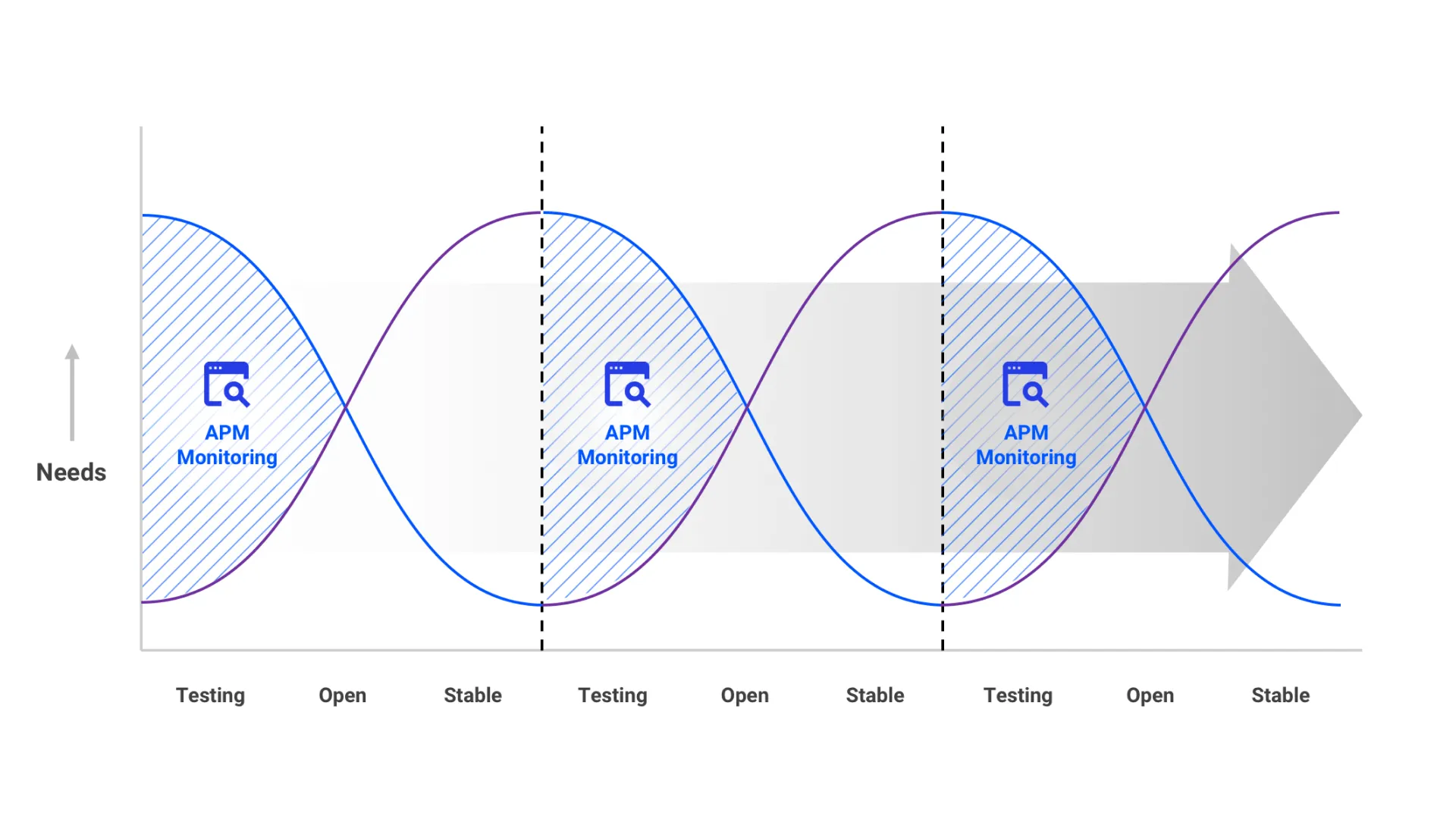
Conclusion
Currently, Whatap Labs is actively developing services in various domains, including .NET performance analysis. Those interested in participating in developing service performance analysis at WhaTap Labs are encouraged to refer to the link provided below.
.svg)
.svg)






